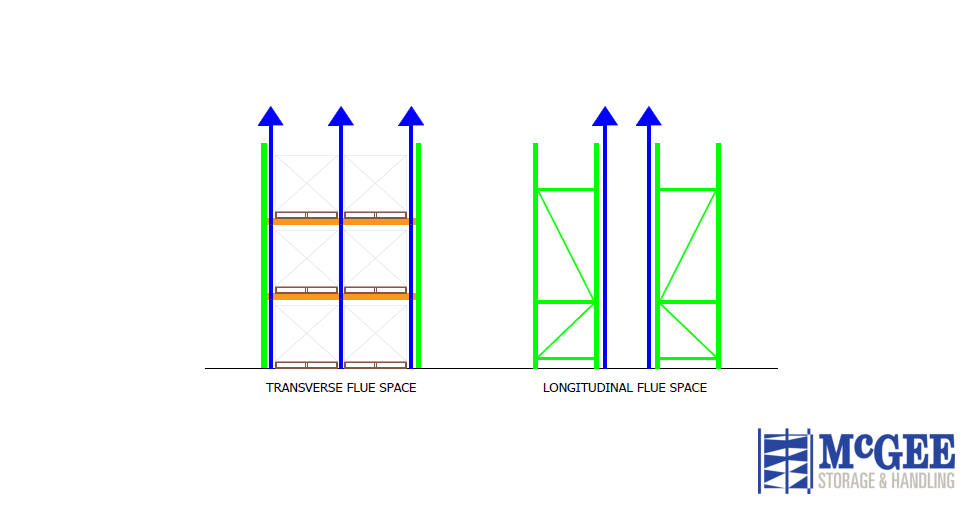With material handling experience spanning over five decades, it's safe to say we've seen it all. We decided to gather some questions that have come up frequently in our line of business and answer all of them based on our years of experience. Ultimately it all comes down to safety. How much weight can pallet racks hold? Should they be bolted down? How much space is needed? We answer all of these questions and more!
Should Pallet Racks Be Bolted Down?
The simple answer is "yes" - especially if interacting with fork trucks. I have never erected pallet racking that was certified by a structural engineer that wasn't anchored to the concrete. Many variables come into play regarding assumed weight on the racking and concrete specification. However, a vast majority of racking footplates receive one wedge or screw anchor ½" in diameter with 3 ¼" embedment into the concrete.
How Much Weight Can I Put on Pallet Racking?
We get many questions regarding pallet rack weight capacity. The answer always starts with "depends." If the racking is new, there are charts to utilize that assist with matching beams and uprights, and preliminary calculations can be run by manufacturers or structural engineers to assure seismic zones are considered.
If already erected, the answer is tricky. For example, an industry-standard is as such: a 4" face beam that is 96" long will normally carry an equally distributed load of approximately 5,000lbs. However, there are exceptions. It's important to consider the gauge of the steel. One supplier carries two 4" x 96" beams: One that is 16 gauge and carries a capacity of 4,027 lbs. Whereas another beam is 14 gauge and will handle 5,027 lbs. Two uprights can look nearly identical, but if one is 14-gauge steel and the other is 12-gauge steel, the capacity can vary greatly.
Another factor to consider is beam spacing. An uprights capacity is based on the design of the upright, its gauge of steel, and the beam level spacing. The further apart they are, the weaker the upright. Often, the beam levels are capable of handling 5,000 lbs per level, but they must be derated due to the capacity of the upright.
How Much Space Do I Need Between Pallet Racks?
This ultimately depends on what you are storing. Maintaining flue spacing between product differs for 25 feet and below versus over 25 feet. When less than 25 feet, longitudinal flue space considerations (space between product back-to-back) are likely not to be an issue (NFPA 13). If above 25 feet, a 6-inch longitudinal flue space must be designed in. In some parts of the United States, it is required to have a physical barrier to maintain the proper flue spacing. Traverse flue space (side to side) must always be 6 inches. Random variations of this distance are permitted.
Is Racking Inspection a Legal Requirement?
Though racking inspection is not a legal requirement, OSHA states in section 5 (a)(1) that employers are required to provide their employees with a place of employment that is free from recognizable hazards that are causing or likely to cause death or serious harm to employees. Ultimately, this is a requirement to take necessary precautions to avoid putting your employees at risk. Rack damage could lead to rack failure and must be addressed. For more information, check out this blog!
We're Here to Help
We hope this was helpful for you as you ensure that you're complying with pallet rack safety guidelines and keeping your employees out of harm's way. If you have any additional questions, give us a call at 770-458-4346 or fill out our contact form.
